Home>Ideas and Tips>Creating the Perfect Home Office: Design Ideas for Small Spaces
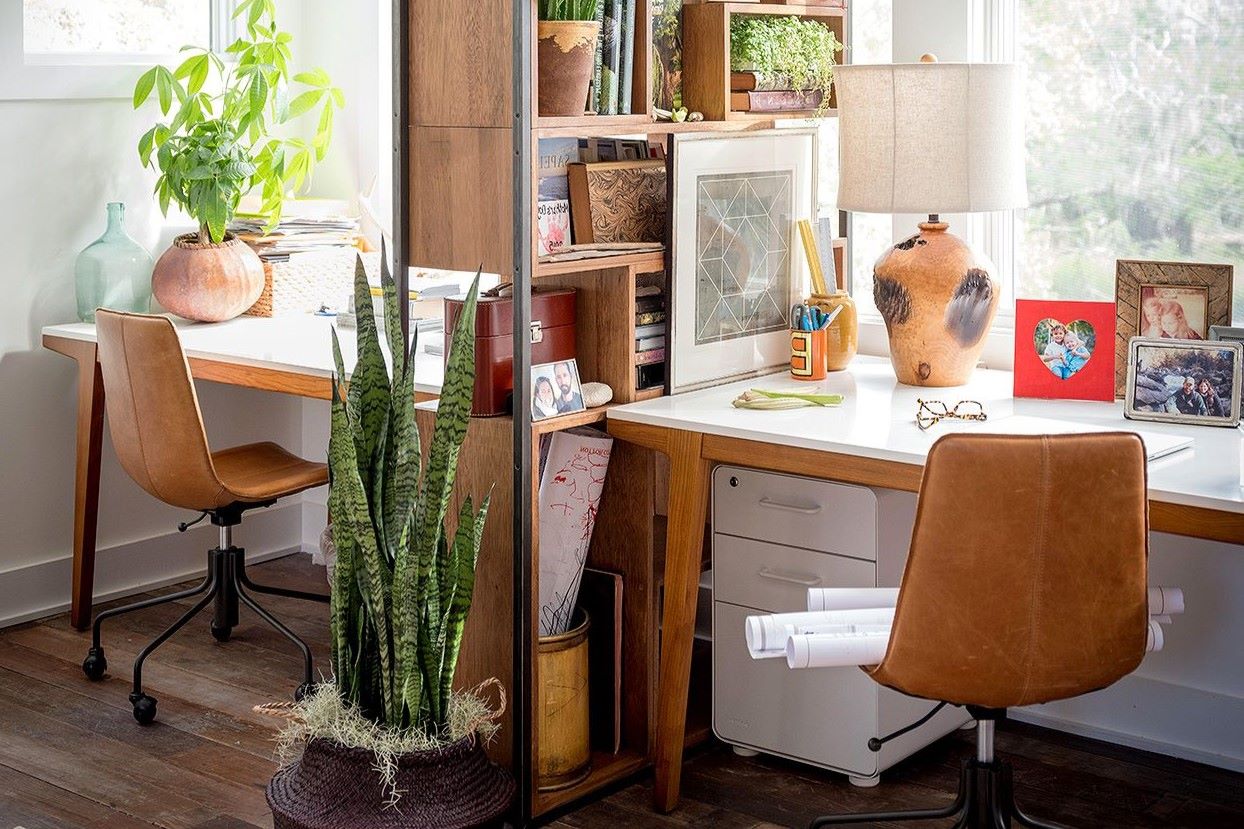

Ideas and Tips
Creating the Perfect Home Office: Design Ideas for Small Spaces
Published: September 17, 2024
Discover creative home office design ideas for small spaces. Maximize productivity and comfort with our expert tips and stylish solutions.
(Many of the links in this article redirect to a specific reviewed product. Your purchase of these products through affiliate links helps to generate commission for Storables.com, at no extra cost. Learn more)
In today's world, the home office has become an essential part of many people's lives. Whether you are a freelancer, a remote worker, or someone who needs a dedicated space to manage your personal and professional tasks, having a well-designed home office is crucial for productivity and comfort. However, one of the biggest challenges many people face is creating an effective home office in a small space. In this article, we will explore various design ideas and tips to help you create the perfect home office even in the smallest of spaces.
Understanding Your Needs
Before diving into the design process, it is essential to understand your specific needs. Here are a few questions to ask yourself:
- What will you be using your home office for? If you will be working on a computer, you'll need a desk and chair. If you'll be meeting clients, you might need additional seating and storage for files.
- How many hours will you spend in your home office? If you'll be there for extended periods, you'll need to consider comfort and ergonomics.
- What makes you want to be in your home office? Natural light, inspiring artwork, and a comfortable environment can all contribute to your desire to work from home.
Choosing the Right Space
Determining where your home office will be located is a crucial first step. Here are some considerations to make:
Dedicated Area
Identify a space in your home that easily lends itself to being a dedicated office. A den, a spare bedroom, or a nook within a larger room are all good options. If you have any of these available in your space, you're off to a good start.
Natural Light
Natural light is essential for any workspace. If possible, position your desk near a window to take advantage of natural light. This will not only brighten up the space but also improve your mood and productivity. However, if direct sunlight is not feasible due to privacy concerns or glare issues, consider using smart lighting fixtures that can mimic natural light during the evening hours.
Proximity to Living Room
The proximity of your home office to the living room can be either beneficial or distracting depending on your personal preferences. If you find yourself easily tempted by TV or other distractions, it might be best to keep your workspace out of the living room.
Read more: Creating A Cozy Guest Room In A Home Office
Proximity to Kitchen
Similarly, the proximity of your home office to the kitchen can be a double-edged sword. If you tend to snack frequently while working, having an office space with a view of the kitchen might not be ideal. On the other hand, if you need quick access to snacks or beverages, positioning your desk near the kitchen could be convenient.
Proximity to Bed
Keeping your work area out of your bedroom is generally recommended as it helps your brain associate the space with rest and relaxation. However, in smaller homes or apartments where this might not be possible, consider positioning your desk so that it faces a wall or a window, which will help change your perspective and give you a fresh outlook when transitioning from sleep to work.
Key Furnishings
Desk
The desk is the natural focal point of any office space. It should not only be aesthetically pleasing but also suit the various needs you'll have for it. Here are some options to consider:
Standing Desks
Standing desks are becoming increasingly popular due to their health benefits. They allow you to switch between sitting and standing throughout the day, which can improve posture and reduce back pain.
Single-Person Desks
For solo workers, a single-person desk is often sufficient. Look for compact designs that maximize space without compromising on functionality.
Shared Desks
If you share your office with another person, consider a shared desk that can accommodate multiple users comfortably.
Small Space Desks
For extremely small spaces, consider wall-mounted desks or foldable desks that can be easily stored away when not in use.
Read more: Create A Stylish And Productive Home Office
Chair
Your chair should be comfortable, functional, and ergonomically designed to support you throughout the day. Here are some types of chairs you might consider:
Ergonomic Chairs
Ergonomic chairs are designed to promote good posture and reduce strain on your back and neck. Look for chairs with adjustable height settings and lumbar support.
Chairs With Wheels
Chairs with wheels offer flexibility in terms of movement around the room. They are particularly useful if you need to move frequently between different areas of your home office.
Chairs Without Wheels
For those who prefer stability or have limited mobility, chairs without wheels can provide a sense of security and comfort.
Lighting
Lighting plays a crucial role in influencing our productivity. Here are some tips for choosing the right lighting fixtures:
Natural Light
As mentioned earlier, natural light is essential. If possible, position your desk near a window to take advantage of natural light during the day.
Smart Lighting Fixtures
Smart lighting fixtures can help your home office adapt to different lighting conditions throughout the day. They can mimic natural light during evening hours, ensuring that your workspace remains bright and productive even when the sun is not shining.
Layered Lighting
Layered lighting involves using multiple light sources to create a balanced and inviting atmosphere. This could include overhead lighting, table lamps, and floor lamps. Each type of lighting serves a different purpose and can be adjusted according to your needs.
Storage
Storage is critical in any home office as it helps keep your workspace organized and clutter-free. Here are some storage solutions you might consider:
Smart Storage
Smart storage solutions include furnishings like desks and seating benches that have extra storage space. These can greatly streamline the appearance of an office while keeping essential items within easy reach.
Shelves
Shelves come in all shapes and sizes and can add aesthetics to your home office while providing additional storage space. Look for shelves with adjustable heights or those that can be easily customized to fit your specific needs.
Read more: Creating A Home Office On A Budget
File Cabinets
File cabinets are essential for storing important documents and papers. Look for compact designs that fit neatly into corners or against walls to maximize space.
Additional Design Elements
In addition to key furnishings like desks and chairs, there are several other design elements you should consider when creating your home office:
Plants
Plants can serve as organic dividers between different areas of your home office while also purifying the air and improving the aesthetic appeal of the space. Choose low-maintenance plants like succulents or air plants if you're not fond of gardening.
Inspirational Artwork
Inspirational artwork can greatly enhance the mood and productivity of your home office. Hang motivational quotes, abstract art pieces, or nature-inspired prints to create an environment that inspires creativity.
Color Scheme
The color scheme of your home office should reflect your personal style while also promoting productivity. Neutral colors like beige or gray can create a calm atmosphere conducive to focus. Bold colors like red or blue can stimulate creativity but might be overwhelming if used excessively.
Textiles
Textiles such as rugs and throw pillows can add warmth and texture to your home office while also defining different areas within the space. Choose materials that are durable yet comfortable underfoot.
Tips for Styling Your Home Office
Once you've identified the key elements needed for your home office—desk, chair, lighting, storage—you should have some idea of the atmosphere you want to achieve. Here are some additional tips for styling your home office:
Blend It In
To create a visually distinct yet cohesive home office within a main living area, look for aesthetically pleasing ways to divide the space. Tall plants or room dividers can serve as effective barriers between different areas without obstructing natural light.
Make Furniture Double-Duty
Consider using furniture that serves multiple purposes—like an antique dresser storing office supplies or a coffee table with shelves providing additional storage.
Add Metallic Pieces
Metallic pieces such as copper accents or mirror frames can add sophistication and elegance to your home office while reflecting light and creating depth in the space.
Incorporate Technology
Incorporating technology into your home office design can enhance functionality and comfort. Consider investing in smart speakers for background music or smart whiteboards for brainstorming sessions.
Conclusion
Creating the perfect home office design for small spaces requires careful consideration of several factors including natural light availability, furniture functionality, storage solutions, and aesthetic appeal. By understanding your specific needs and incorporating these design elements thoughtfully into your space planning process—you can transform even the smallest area into an inspiring workspace that boosts productivity while reflecting your personal style.
Remember that every home office is unique based on individual preferences and requirements; therefore it’s important not only follow general guidelines but also experiment with different layouts until you find one that truly works best for you
Was this page helpful?
At Storables.com, we guarantee accurate and reliable information. Our content, validated by Expert Board Contributors, is crafted following stringent Editorial Policies. We're committed to providing you with well-researched, expert-backed insights for all your informational needs.
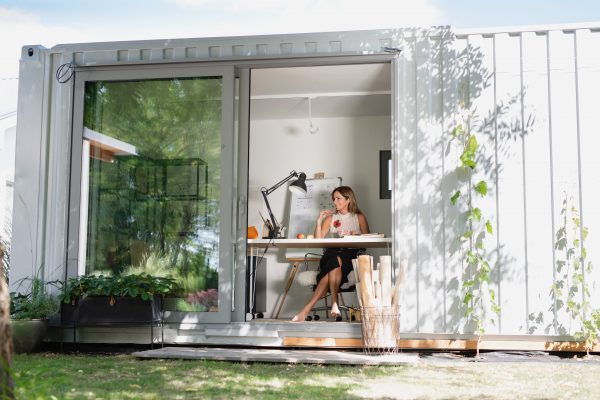
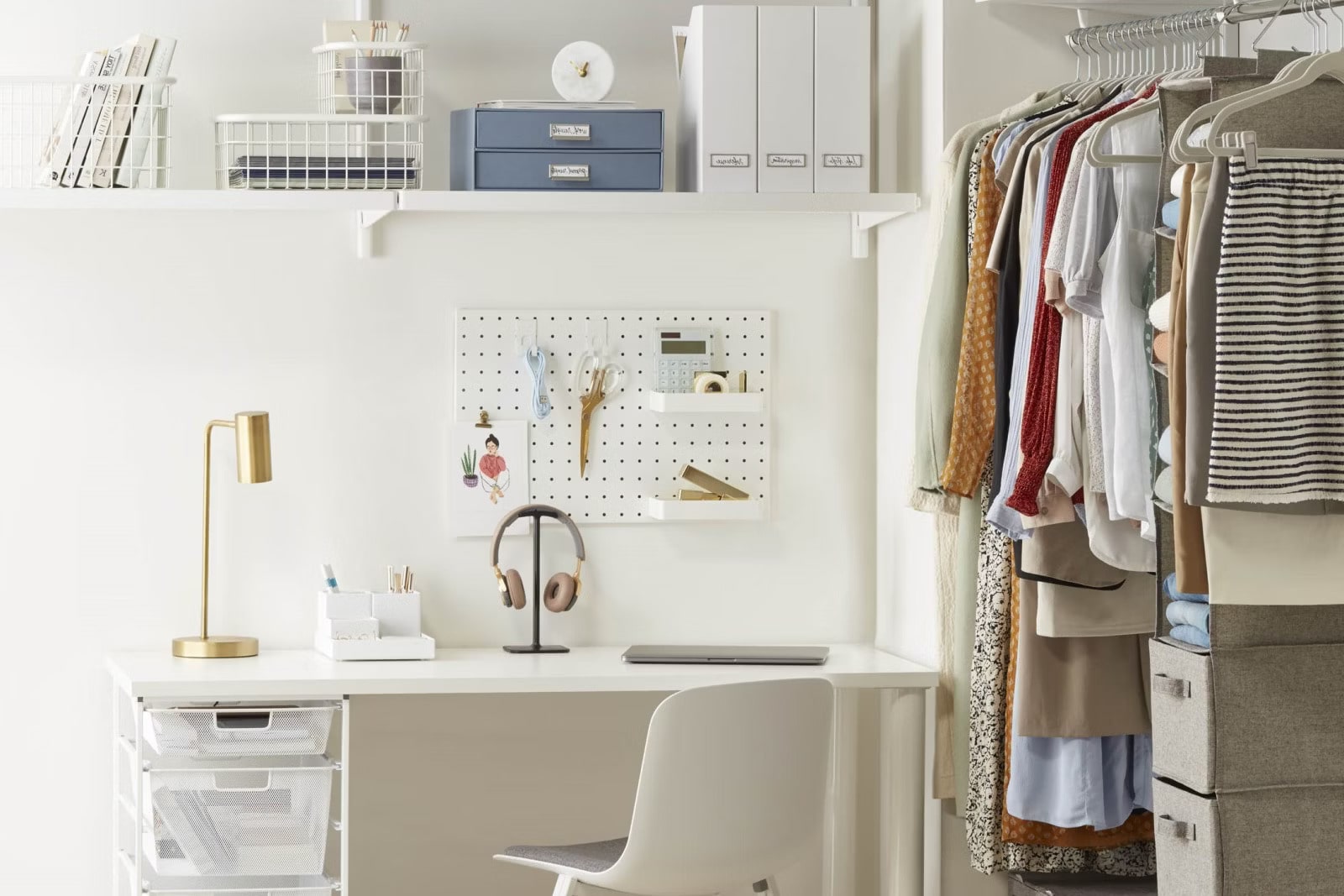
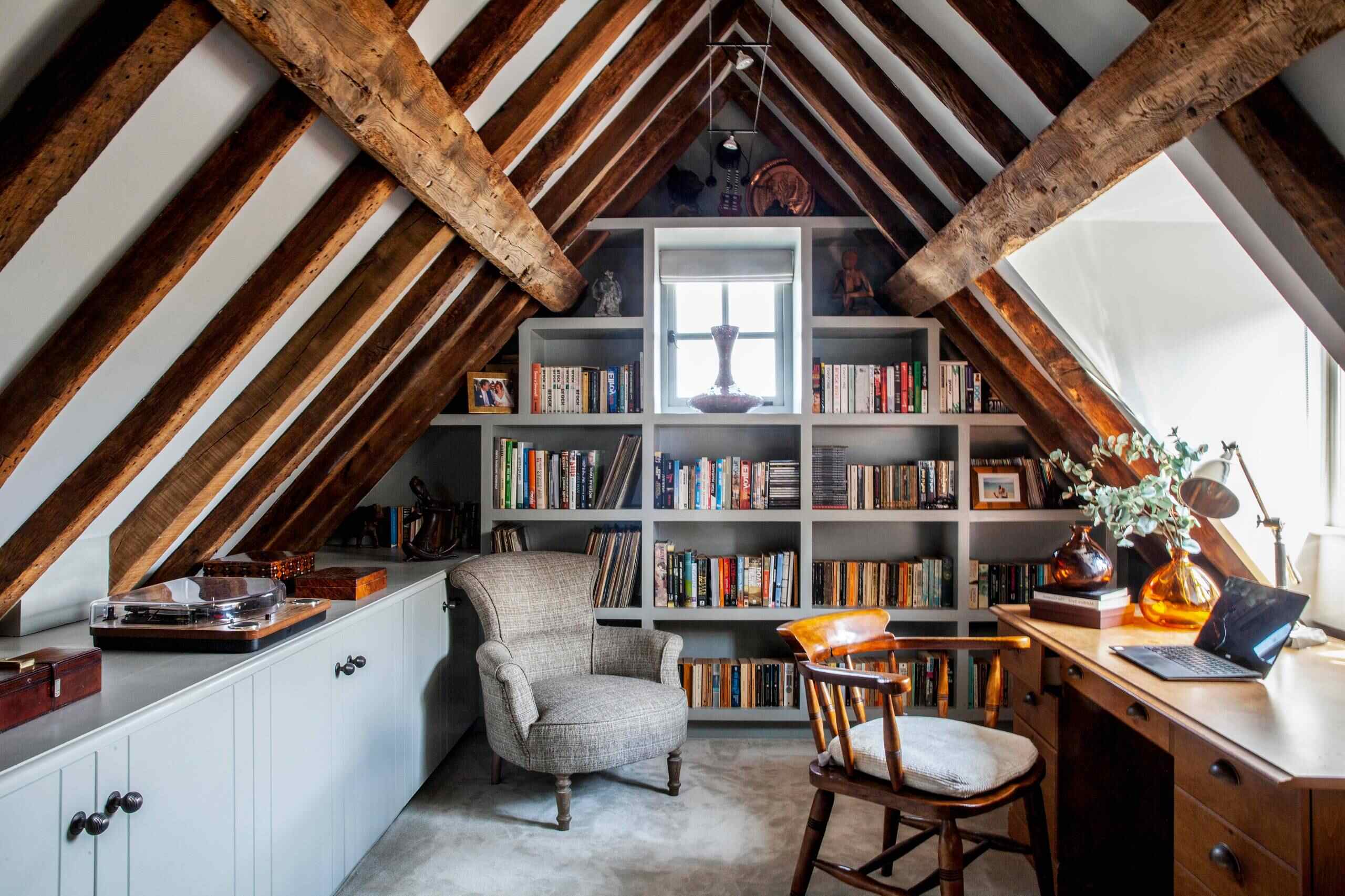
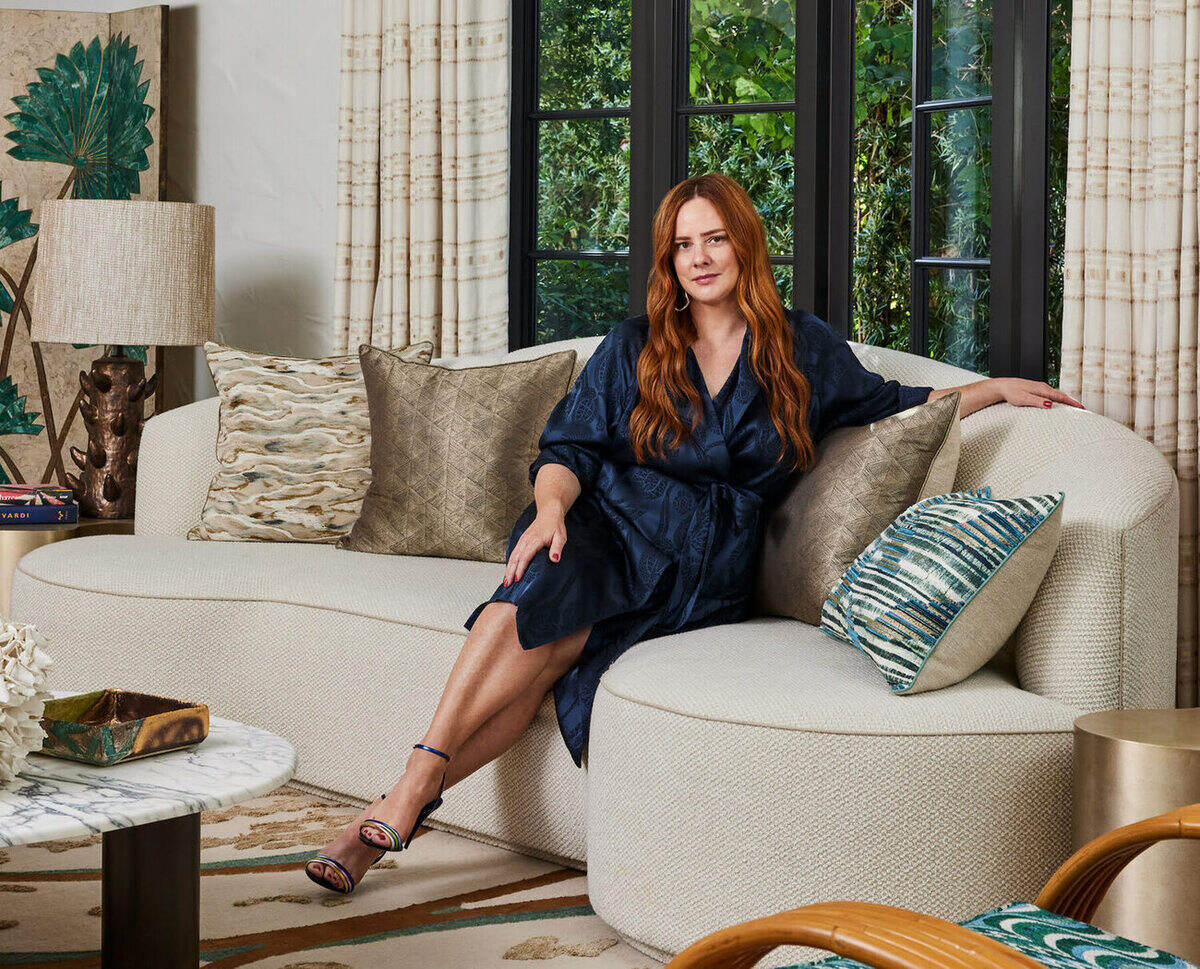
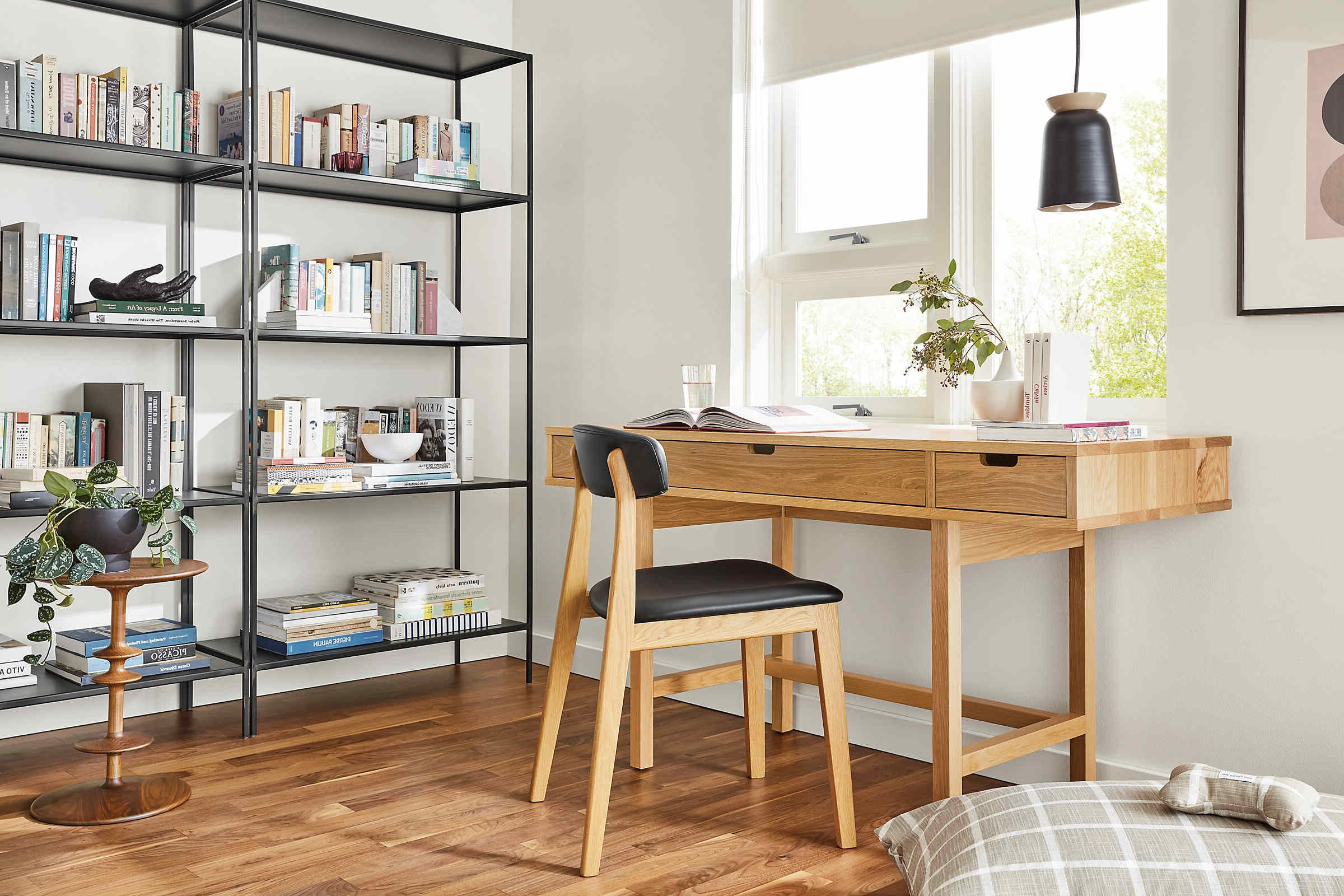
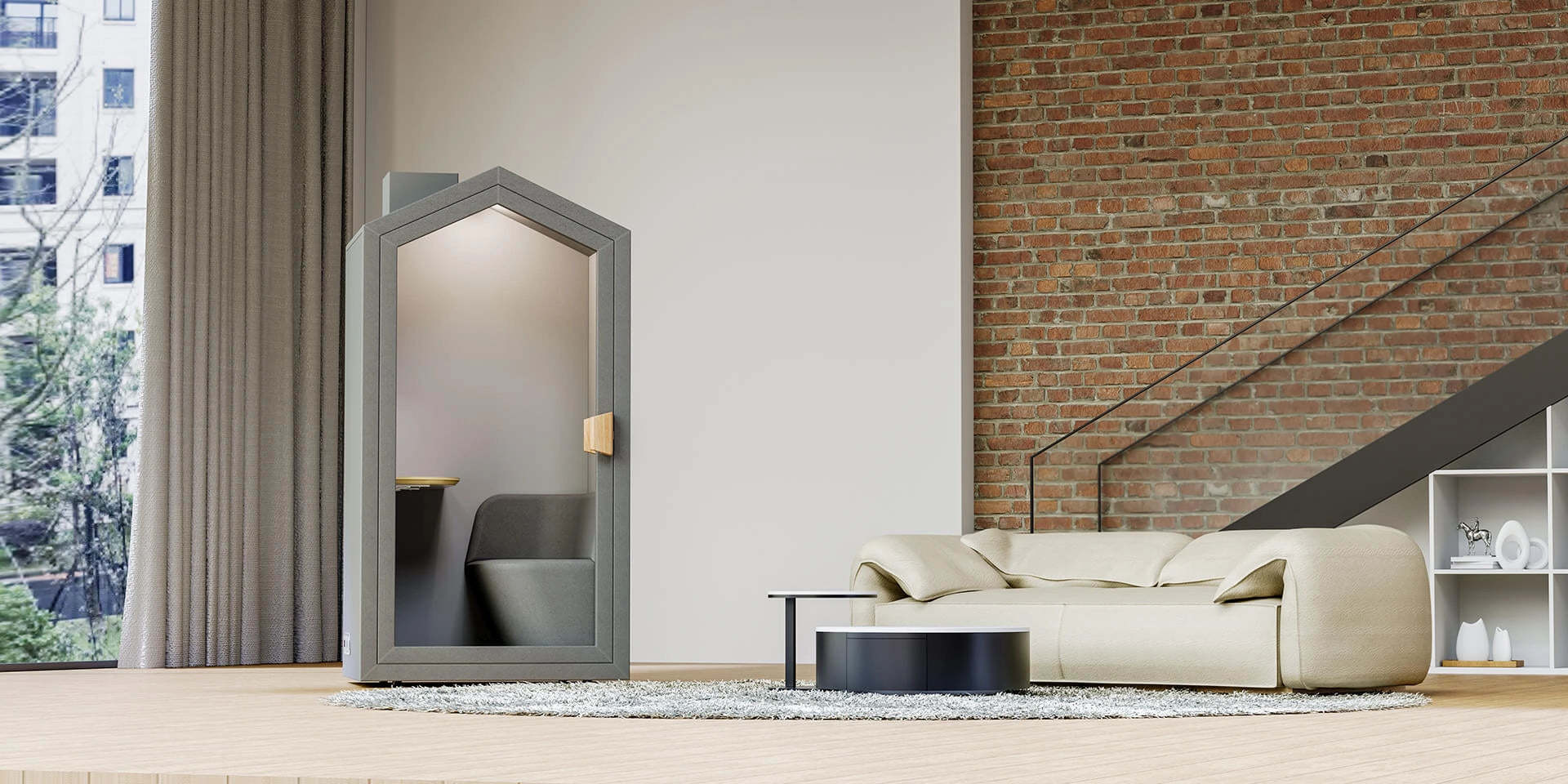
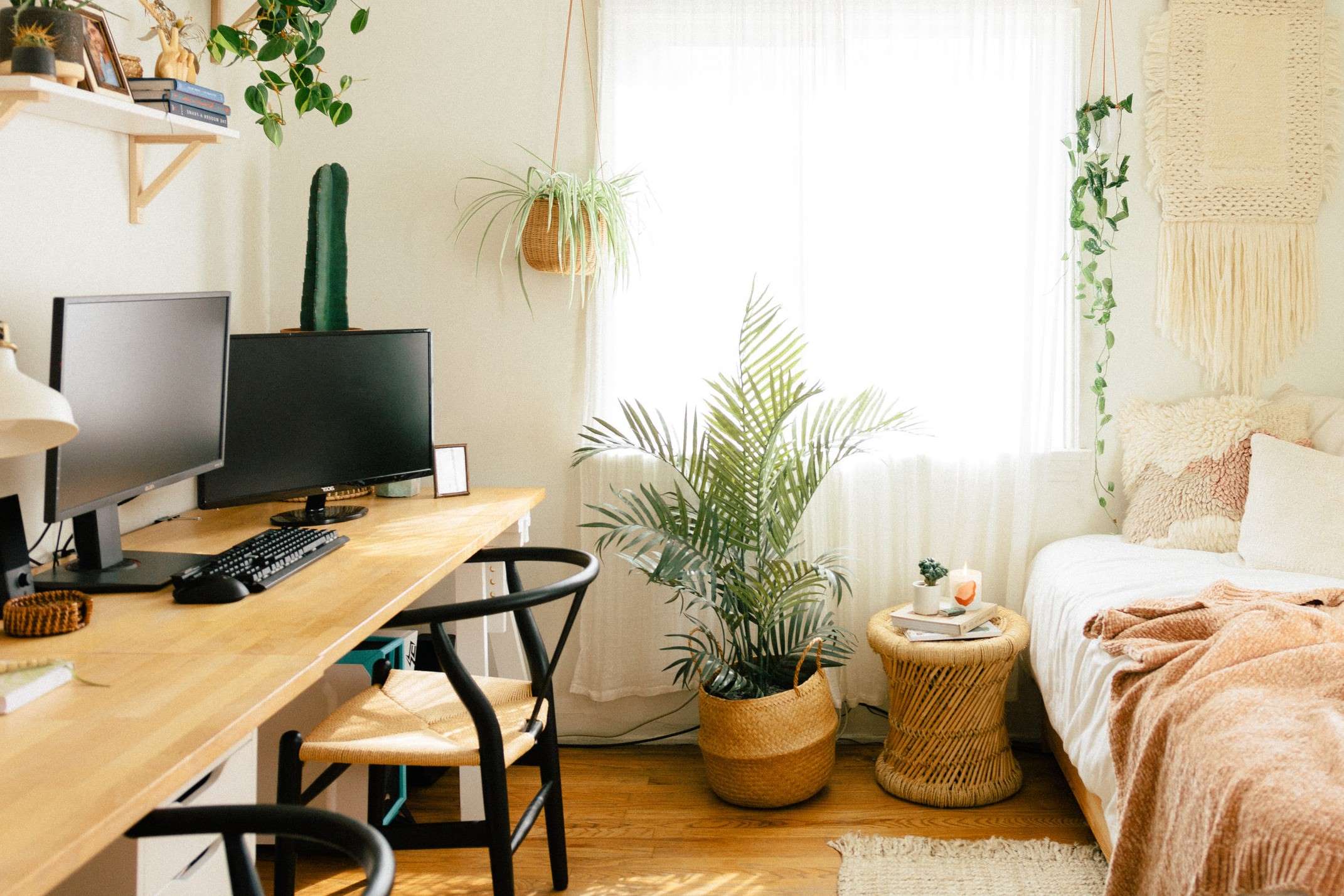
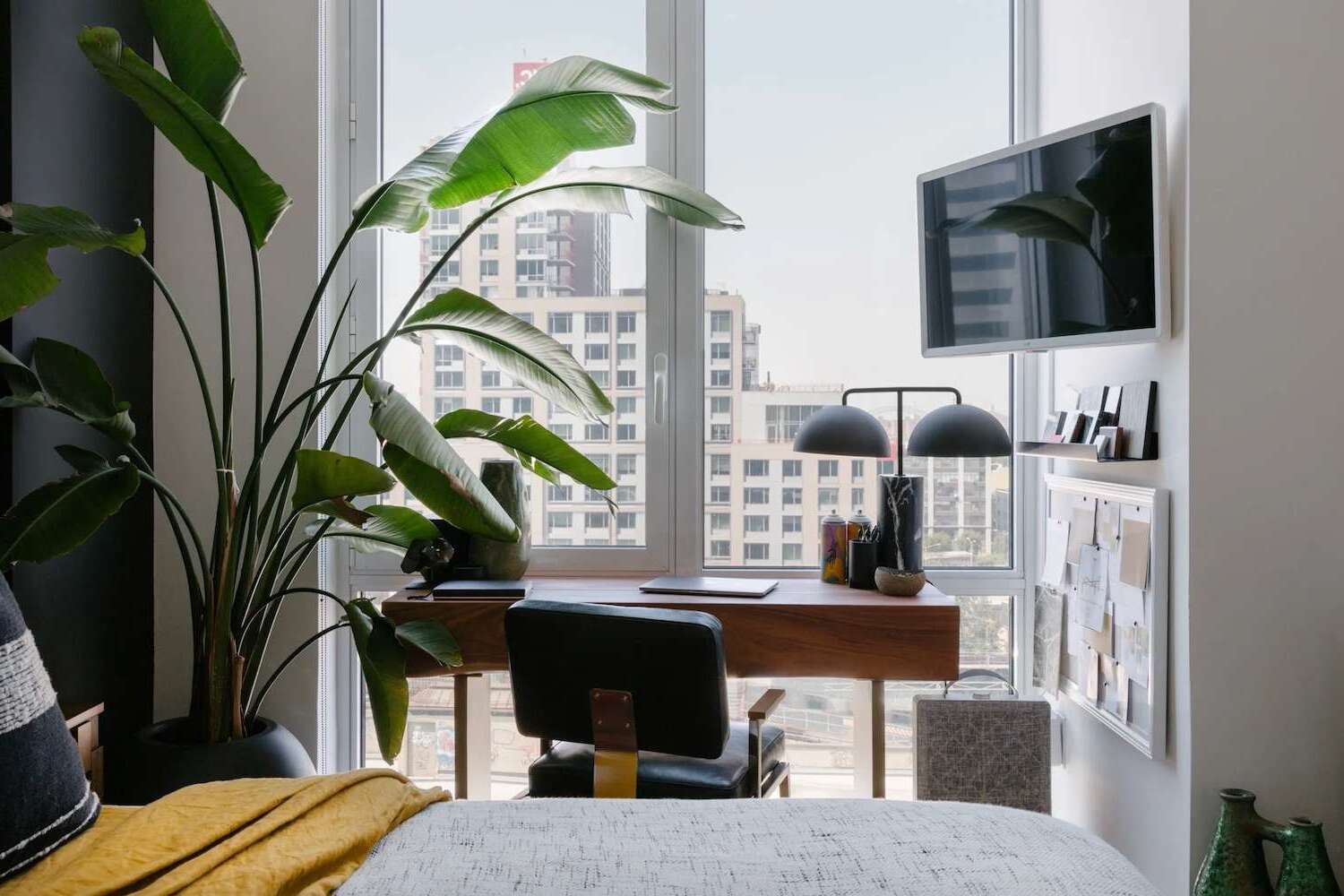
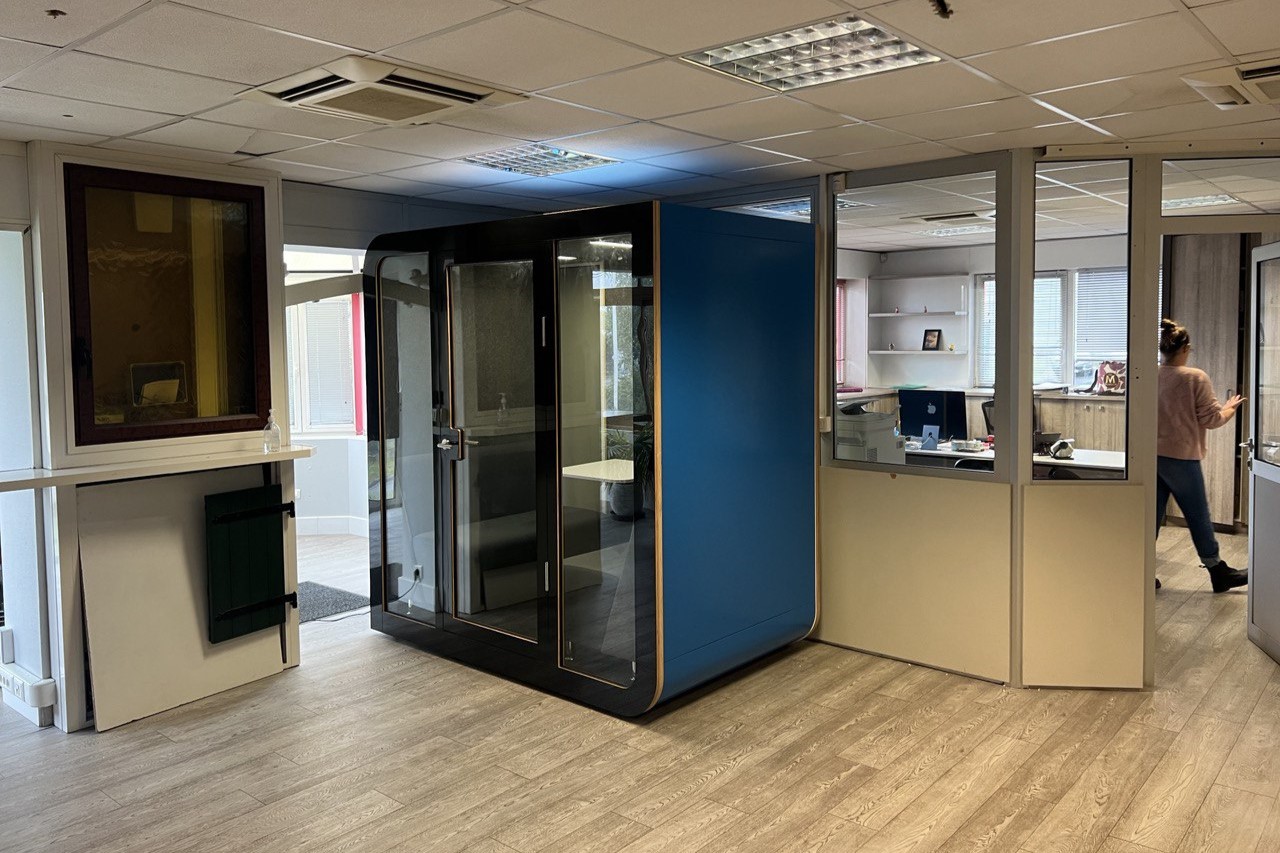

0 thoughts on “Creating the Perfect Home Office: Design Ideas for Small Spaces”